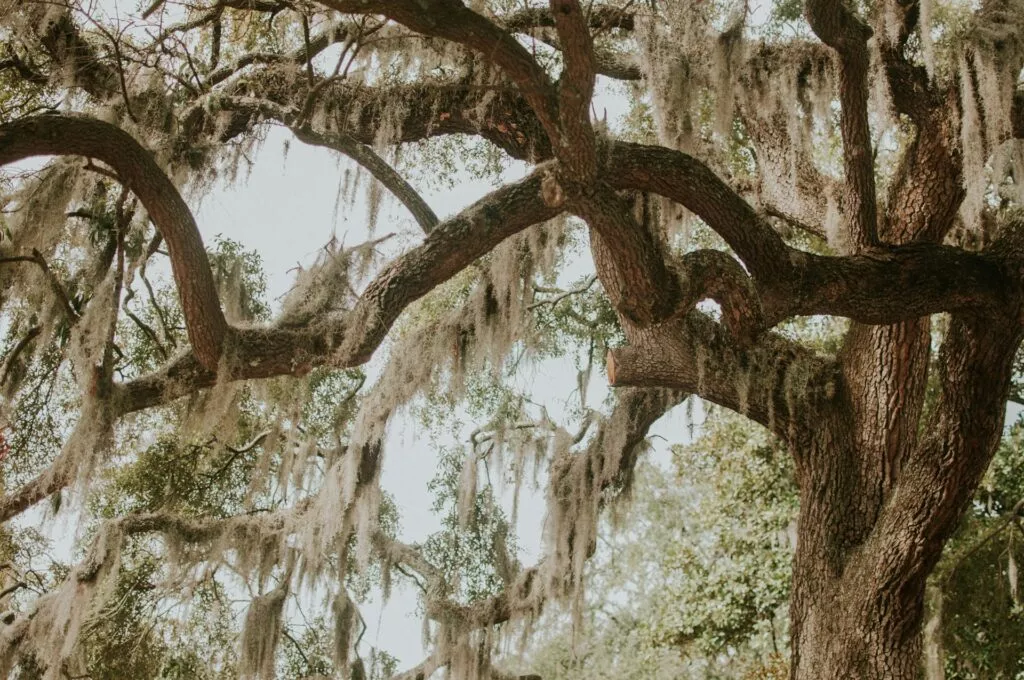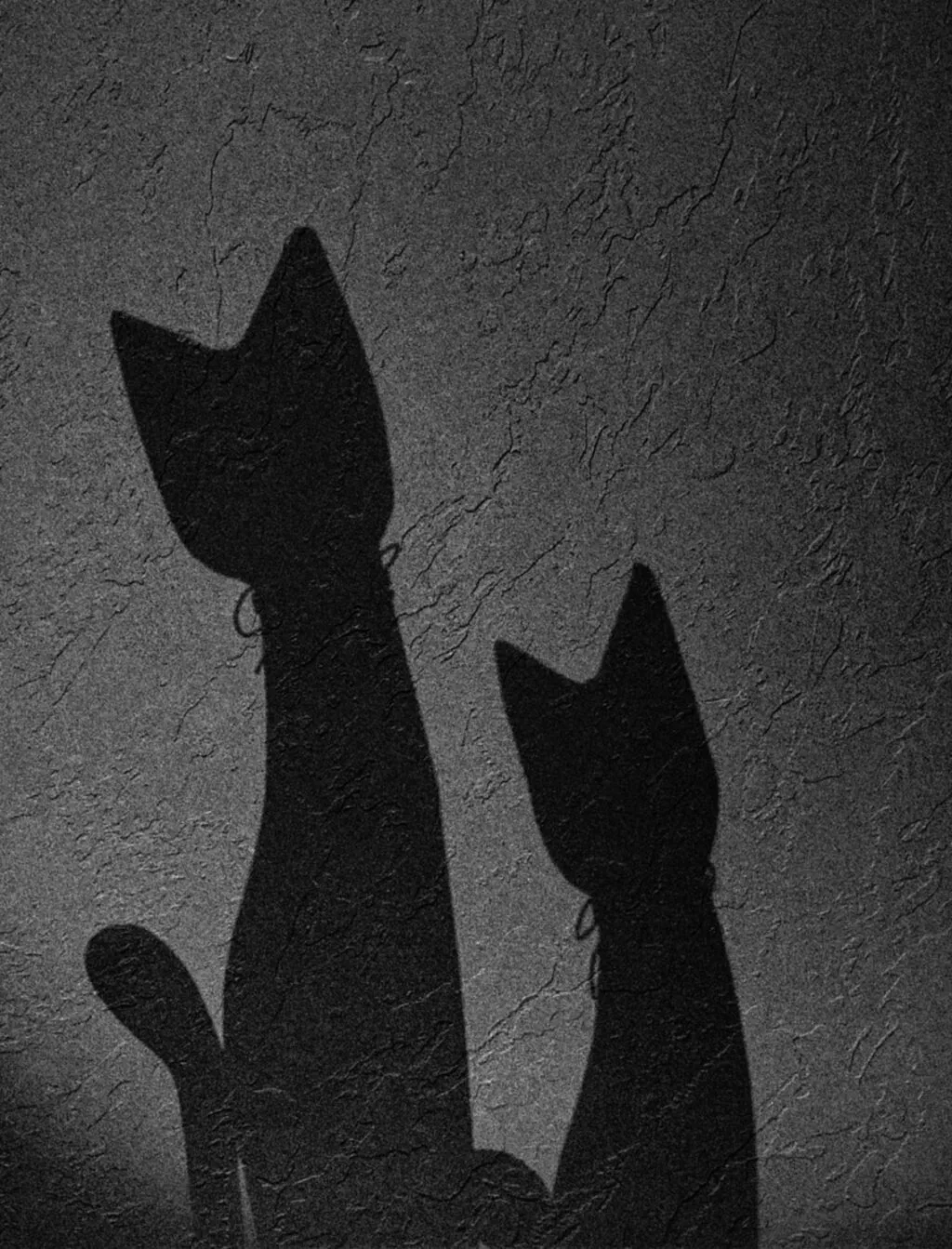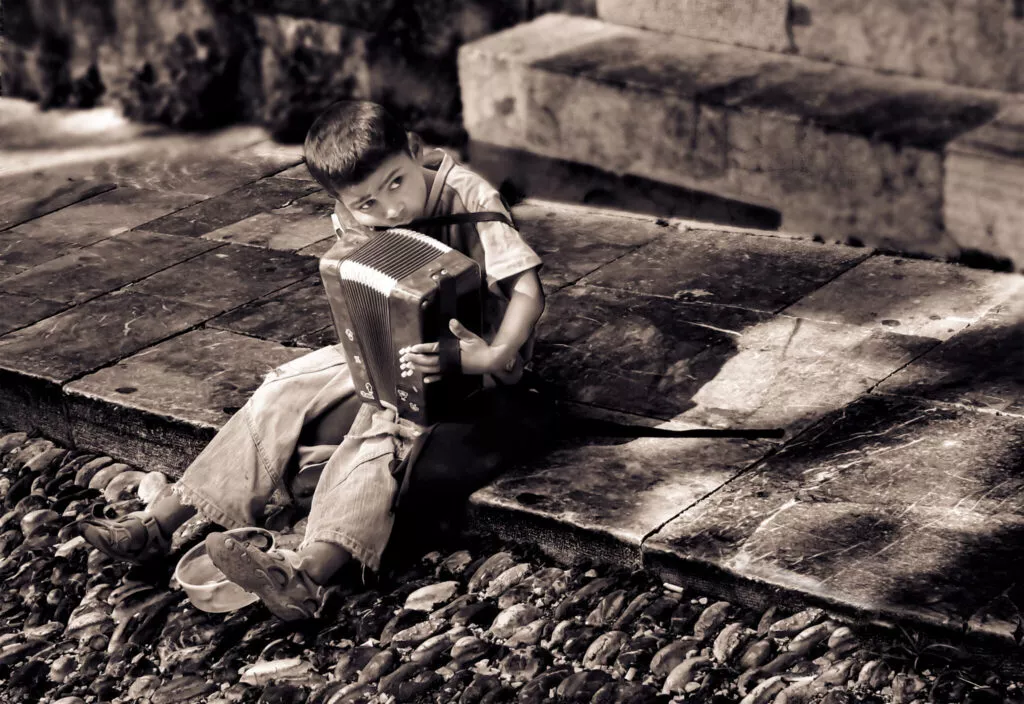When we talk about contemporary photography, we need to understand that it refers to more than a particular period of time. Contemporary photography is a genre in and of itself – and like every other genre, certain photographers working within it have made deep contributions to it.
Contemporary photography is usually known for a vast amount of imagery produced after the 1970s. Over the past couple of decades, technology and the availability of broader formats has defined much of what contemporary photography is and isn't. Perhaps the most important thing we can say about technology and formats is color photography, digital manipulation and capabilities, as well as fine printing techniques are key.
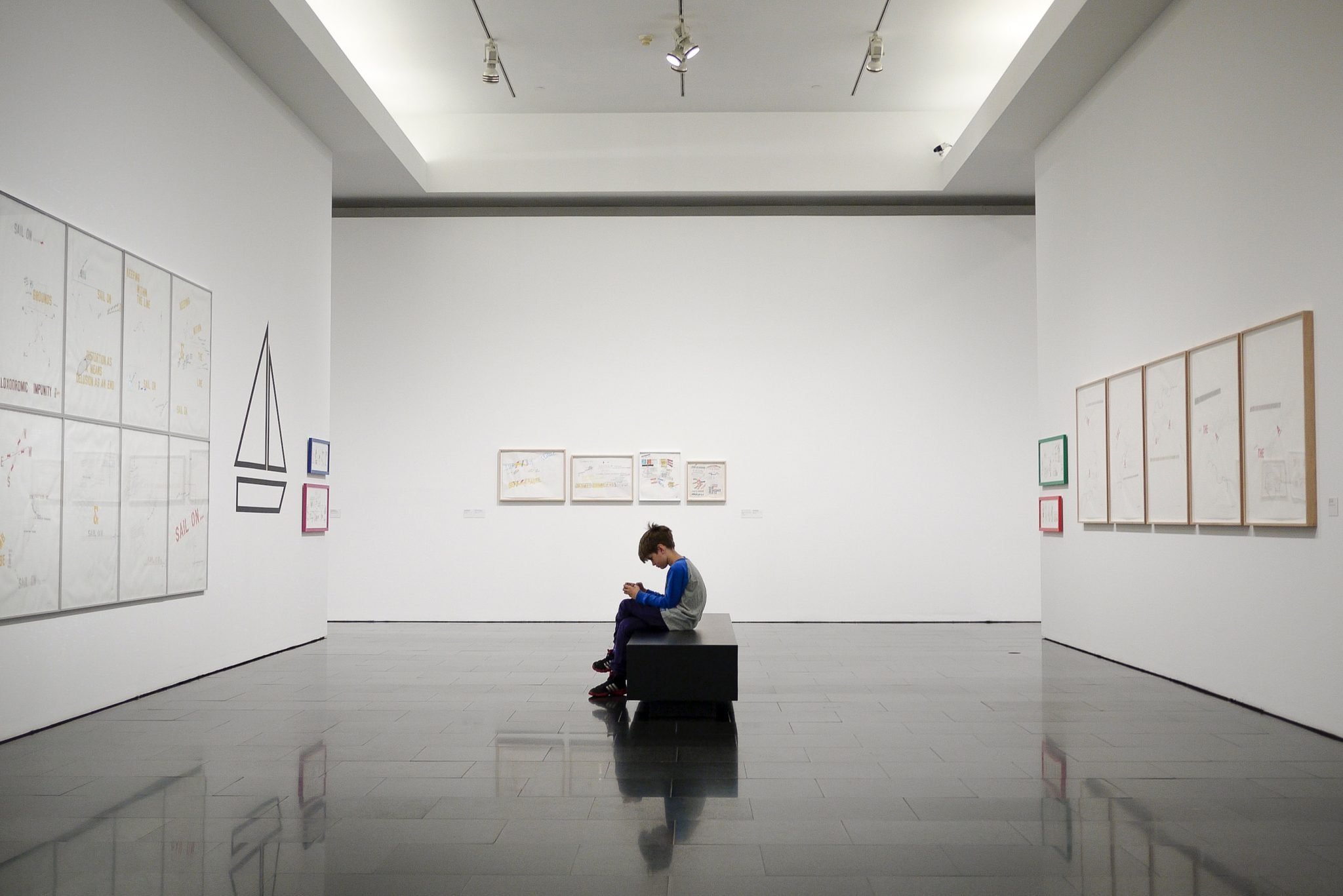
Contemporary photography surpasses documentary and centers on constructed scenes. It presents a completely new world, thanks to the magic of digital post-production. One of the main assets of contemporary photography is “conceptualization” – in other words, creating images through a great deal of planning instead of using the more improvisational “decisive moment” approach or just going out and shooting.
The following photographers are considered to be the Holy Trinity of contemporary photographers. The best reason for familiarizing yourself with such photographers is that by studying them, you can get a broad-based overview of what a specific genre is all about.
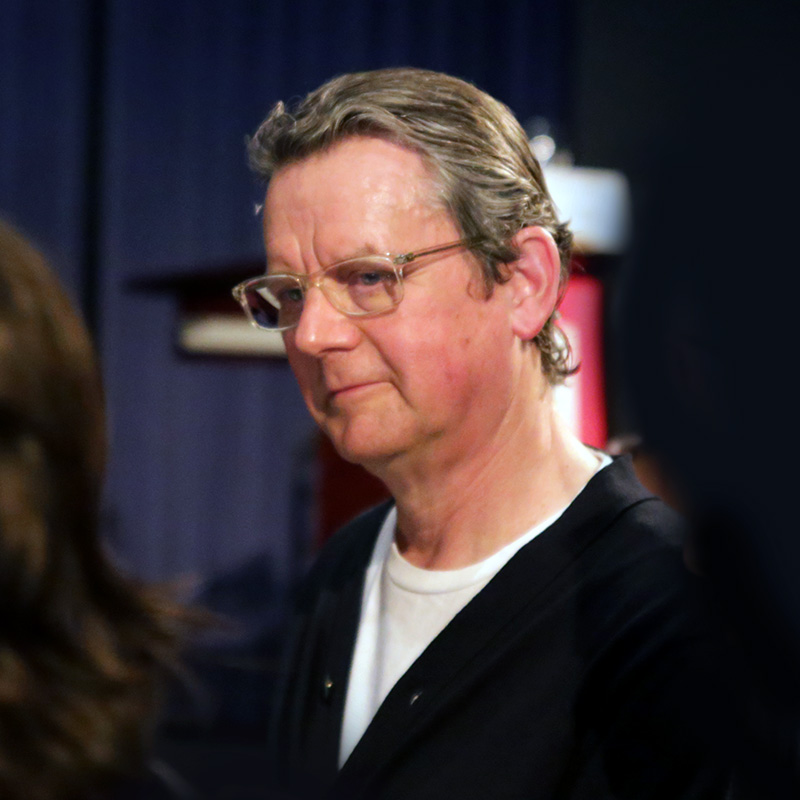
Jeff Wall is a Canadian photographer born in 1946 in Vancouver, where he lives and works today. Wall has been one of the key figures in the city’s art scene for years. In 2002, he was awarded with the prestigious Hasselblad Award. His work has helped to define photoconceptualism. His photographs are often carefully planned, like scenes in a movie, and he maintains full control of all the details within the scene. His compositions are always well thought out, and in some cases borrowed from history or from heavyweight painters like Édouard Manet and Katsushika Hokusai. Many of his images are large transparencies placed in light boxes; according to the photographer, this idea came to him during a bus trip between Spain and London after he saw a large advertisement mounted on a light box at a bus stop. The topics he develops in his photographs – like urban violence, racism, poverty and gender conflicts – are usually social and political.
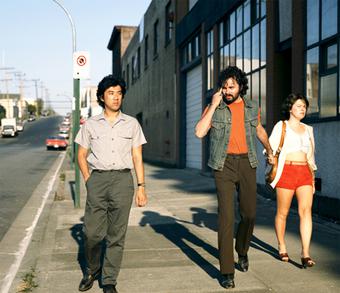
With his large, staged color images that seem to capture people in everyday environments, Wall achieves an unconventional narrative structure that has often been tagged as “neo-realism”. He achieves an excellent level of artificial exaggeration by creating a great distance between traditional reportage and his staged images. The genius here is that he also achieves a huge level of visual impact, just like some of the documentary photographs from Robert Frank and many others.
You can see more of Jeff Wall’s work here and here.

Cindy Sherman, born as Cynthia Morris Sherman, is an artist, photographer, and filmmaker who is one of the most important representatives of postwar photography in New York. She has shown her work for more than three decades at the Museum of Modern Art. Her most famous images are “Untitled Film Stills”, a series of 69 photographs of herself enacting female stereotypes of the Cinema Noir and the European auteur cinema of the 1950s and 1960s.
Her work is an extensive re-examination of women's roles in history and society. She contends that her photographs have an explicit narrative or message, so they don't need titles. Her images are meant to be interpreted without previous bias. Even though her images have become an important means of complaint, she has said that she doesn’t think of them as political. For her, it was a way of expressing another deep passion – role-playing and dressing up in a meticulous way. In the late 1980s early 1990s, she shifted her style and focused more on grotesque imagery, like the mutilated mannequins of her “Sex Pictures” (1992).
You can see more of Cindy Sherman’s work here.
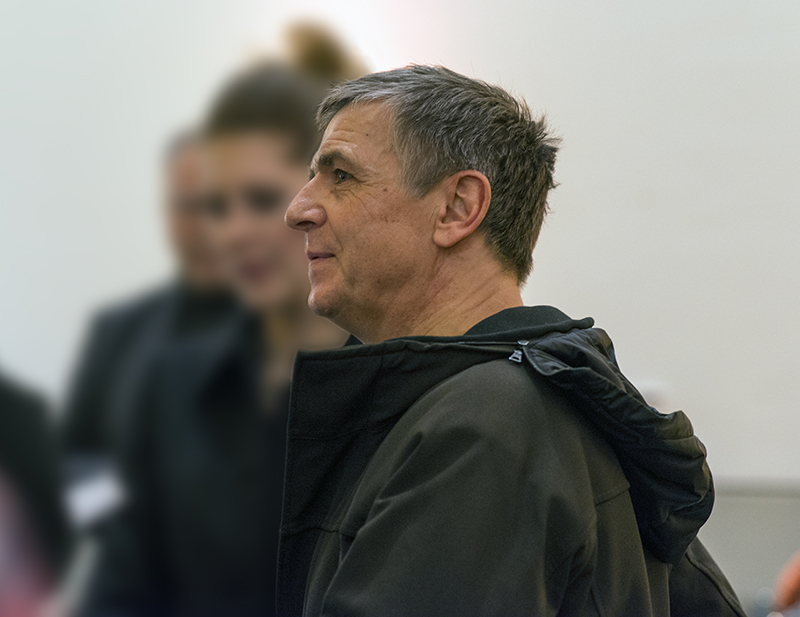
Andreas Gursky is a German photographer widely known for his large-format work and elegantly digitally processed color images. He’s one of the most successful photographers in contemporary photography – and perhaps the most valued. Gursky has been credited for partly shaping what the Düsseldorf School is known for in today’s art scene. He applies his own vision of the apparent banality of non-places through digital media in post-production.
The main subject or theme of Gursky's work is the human footprint, or the removal of it. His images are constantly shot from elevated perspectives and reproduced on a huge scale. He learned from Bernd and Hilla Becher, hence the influence of meticulous compositions when it comes to huge subjects.
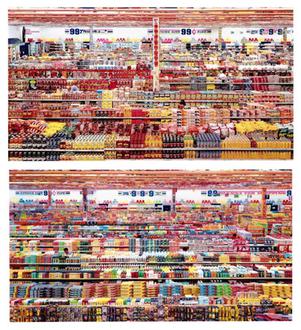
Beyond the massive prices his photographs command in the market, their hypnotizing nature makes him one of today’s greatest contemporary photographers. You can see more of Gursky’s work here.
What these photographers have in common is that, even when their images seem to be part of a documentary project, they are not – they are all extremely well-crafted narratives. All these images are constructions of the photographers’ minds, photographic skills, and knowledge. And thanks to this expressive and conceptual approach, contemporary photography has become easily accepted in the world of fine art, unlike some more traditional photographic genres.
Many people have been interested in joining this exquisite and highly exclusive world of fine art photography. If you are one of these people, perhaps the only advice we can give to you is to find and stick to a solid concept and develop it, no matter what. It’s also important to develop a convincing artist statement.




